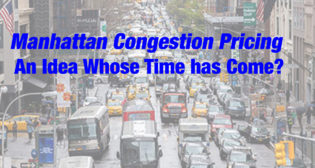
Transit Briefs: CTA/Metra, Metrolink, OCTA
Written by Marybeth Luczak, Executive Editor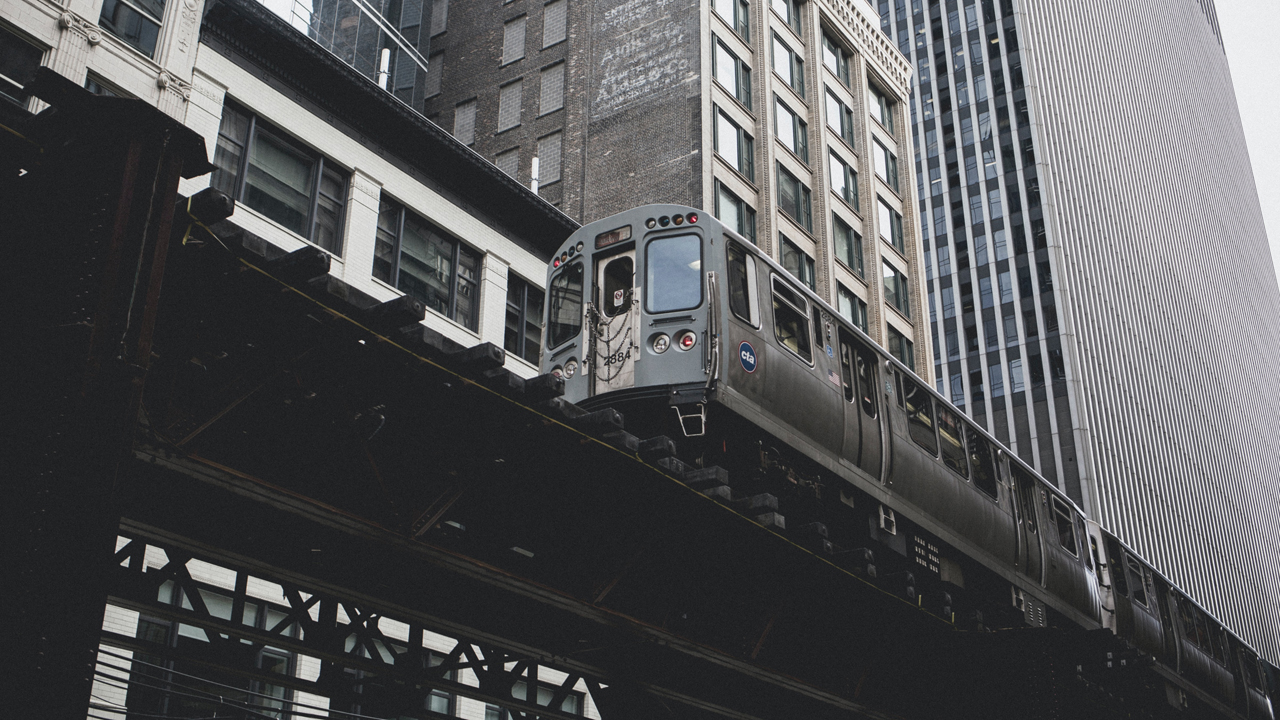
The Chicago City Council has approved a transit-oriented development measure that will make more South and West side neighborhoods “places where people are more likely to hop a train to get to work or meet up with friends than jump in a car,” according to WTTW/Chicago PBS.
The Chicago City Council has passed a measure allowing transit-oriented development within one-half mile of any Chicago Transit Authority (CTA) or Metra rail station. Also, Metra is seeking rider input to guide future commuter rail schedule changes; Southern California’s Metrolink has rolled out the first of 50 rehabbed railcars on its 538-route-mile commuter network; and Orange County (Calif.) Transportation Authority (OCTA) has awarded a ticket vending machine contract for its streetcar system.
The Chicago City Council on July 20 approved a transit-oriented development measure that will make more South and West side neighborhoods “places where people are more likely to hop a train to get to work or meet up with friends than jump in a car,” according to WTTW/Chicago PBS.
“Since 2013, the city has allowed large apartment complexes to be built along CTA [rapid transit] train stations—without the usual number of parking spaces, in order to increase the area’s density,” the media outlet reported. “In 2019, the city’s transit-oriented development policy was expanded to include 20 corridors with high-frequency bus lines.
“But that resulted in the construction of only market-rate homes, with more than 90% of transit-oriented developments built on the North Side, Northwest Side, downtown and around the West Loop, according to a city report. That helped supercharge the deep inequities facing Chicago and its residents, including racial and economic segregation, officials concluded.”
WTTW reported that developments are now permitted within one-half mile of CTA or Metra rail stations and one-quarter mile of high-capacity bus corridors, “more than doubling the available land.”
The measure also “prohibits developers from including more than one new space for every two new apartments near transit hubs and requires that infrastructure changes needed for new construction be designed to protect pedestrians—not speed the flow of traffic,” according to WTTW.
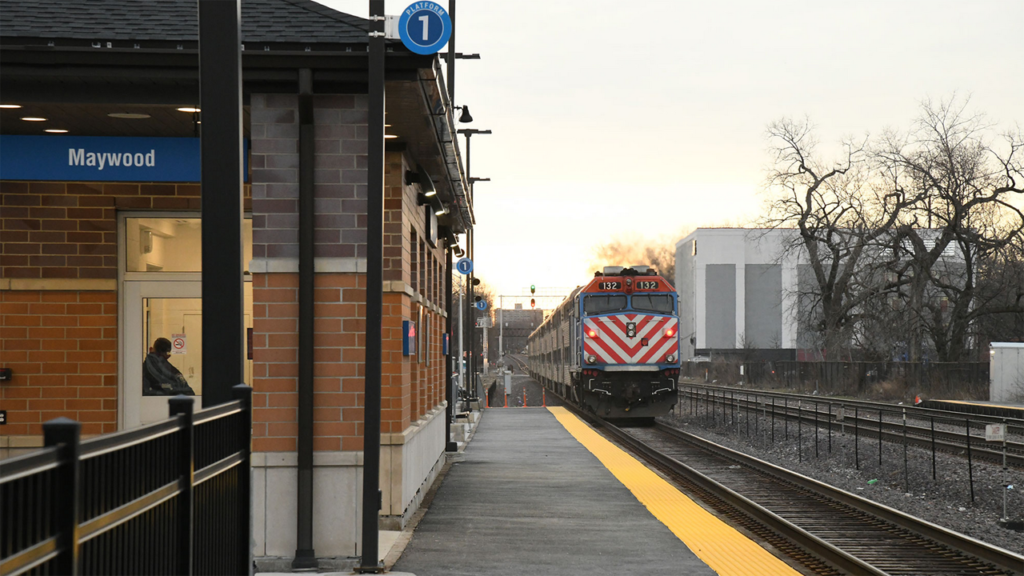
Chicago’s Metra is surveying riders to help inform future scheduling decisions, post-pandemic. Questions, to be answered online, cover riding habits, including origin and destination stations and usual trains; preferred arrival times in the morning; preferred departure times in the evening; and use of any connecting service. Riders are also asked to identify “the most important scheduling feature that Metra could address to improve their experience” and to provide any general comments. The survey closes Aug. 5.
Metra said it “cut back its schedules to about half of normal in response to a precipitous drop in ridership in the early days of the COVID-19 pandemic.” Since then, it has been restoring and adjusting schedules line by line depending on such factors as ridership, rider feedback, and the availability of manpower.
Schedule changes for all 11 lines have been guided by the following principles: “provide consistent and frequent service throughout the day; create easily understandable and memorable service patterns; implement new express service, when possible, in the peak travel periods; explore reverse-commute and new ridership markets; promote regional equity; and create transfer opportunities within Metra and with other transit services,” according to the commuter railroad.
“This survey will help us create schedules that do the best job possible of meeting the changing needs of My Metra riders following the pandemic,” Metra CEO/Executive Director Jim Derwinski said. “We promise that we will consider every suggestion; however, we cannot promise that we can accommodate every one of them.”
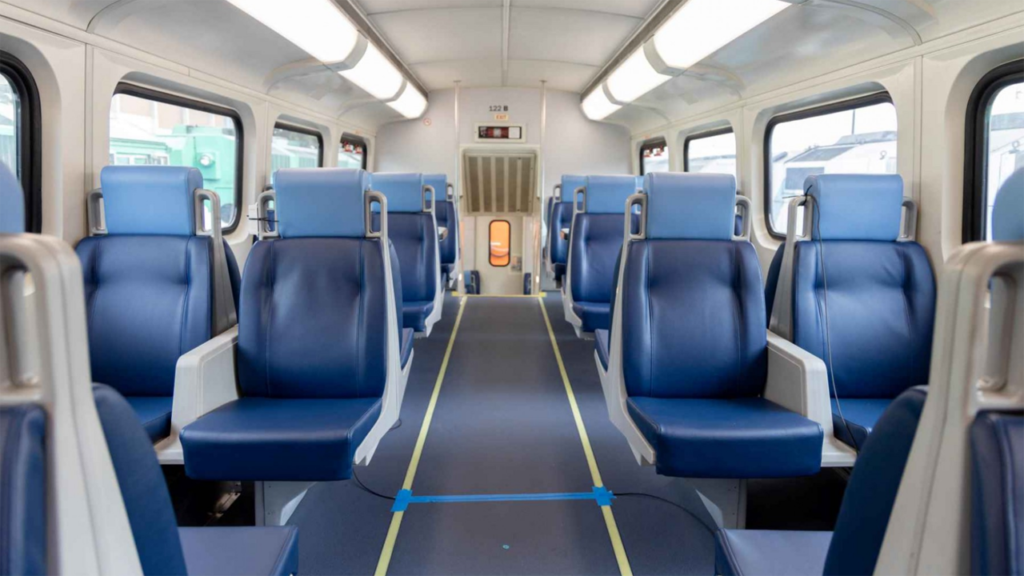
Metrolink in June 2019 contracted the Talgo-SYSTRA joint venture to rebuild 50 of the 121 Bombardier railcars that serve its seven-line regional/commuter rail network spanning six California counties. While the cars, built between 1992 and 2002, undergo regular, daily maintenance, 50 were in need of a mid-life overhaul. Metrolink reported on July 20 that the first overhauled car is now in service; 16 more will join it this year. All 50 should be available by early 2024.
Upgrades include new vinyl seating and non-carpeted flooring, as well as enhanced air filtration and UV lighting for bacteria, air pollutant and virus protection; energy-efficient lighting; new bathrooms; and for safety, side-door obstacle detection, three emergency intercom buttons per car, and emergency fresh-air ventilation in case of power loss.
“We are thrilled to begin the roll out of the renovated … cars, with upgrades to enhance passengers’ travel experiences, into our system,” Metrolink CEO Darren Kettle said. “The ‘new’ … cars have a contemporary interior, charging ports at each seat, and a number of enhancements, providing passengers with a safer and more comfortable ride with elevated amenities.”
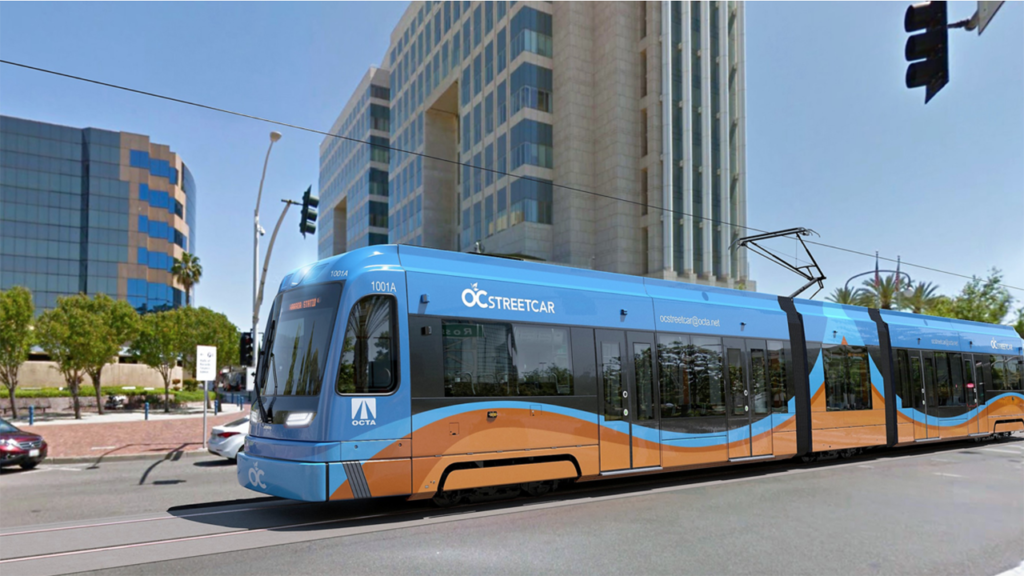
OCTA has selected INIT (Innovations in Transportation, Inc.) to supply, implement and support ticket vending machines for its future streetcar platforms. Two VENDstation machines will be installed at each of 10 stations, allowing riders to purchase encrypted barcoded paper tickets using cash, credit/debit cards, and mobile wallets. Riders will be able to validate their tickets on the OC Streetcar and OCTA Bus systems.
OCTA procured INIT’s fare validators in 2016, which were installed across its more than 500 fixed-route buses.



